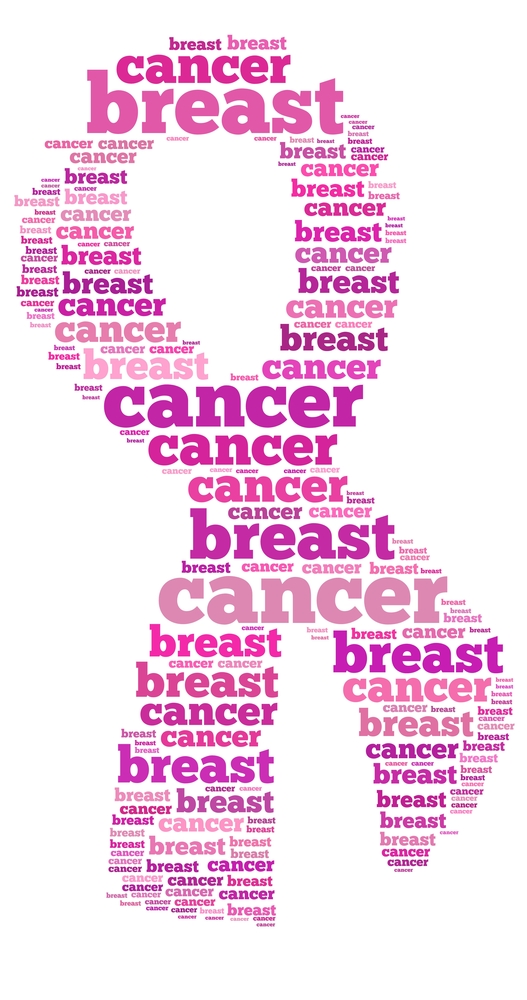 A recent study entitled “Postmastectomy Radiation for N2/N3 Breast Cancer: Factors Associated with Low Compliance Rate” was published on the Journal of the American College of Surgeons by Dr. Quyen D. Chu from the Departments of Surgery and Feist-Weiller Cancer Center at Louisiana State University Health Sciences Center in Shreveport, LA along with colleagues. The research team found that only 65% of women that underwent a mastectomy were receiving the recommended post mastectomy radiation therapy (PMRT).
A recent study entitled “Postmastectomy Radiation for N2/N3 Breast Cancer: Factors Associated with Low Compliance Rate” was published on the Journal of the American College of Surgeons by Dr. Quyen D. Chu from the Departments of Surgery and Feist-Weiller Cancer Center at Louisiana State University Health Sciences Center in Shreveport, LA along with colleagues. The research team found that only 65% of women that underwent a mastectomy were receiving the recommended post mastectomy radiation therapy (PMRT).
Breast cancer patients should undergo radiation therapy after being submitted to a mastectomy if their tumor has extended to 4 or more close lymph nodes. Previous studies have shown that postmastectomy radiation (PMRT) decreased the risk of breast tumor reappearance and improved survival in patients with tumor stage of N2, with 4 to 9 axillary lymph nodes but no other organs, or N3, with 10 or more axillary lymph nodes, according to AJCC staging system. For the last 15 years, The National Cancer Institute and the American Society of Clinical Oncology have recommended PMRT in addition to chemotherapy for the majority of breast cancer patients that underwent mastectomy and have increased risk of tumor reappearance in the same body area. This includes women with more than 4 positive lymph nodes for cancer with exceptions for women who already had radiation therapy or have connective tissue disorders.
In this study, the investigators analyzed the conformity with the therapy guidelines using the National Cancer Data Base (NCDB). They found 56,990 cases of women with N2 or N3 cancer among the 2.72 million breast cancer cases identified in the period between 1998 and 2011. The researchers evaluated these cases to establish factors associated to receipt of PMRT.
The researchers found that socioeconomic features among others such as ethnicity and residential site of the patients did not influence if women with N2 or N3 breast cancer received PMRT. Nevertheless, the majority of the patients were white, with health insurance, had a high salary and educational level and were living in a large urban areas.
[adrotate group=”3″]
Based on statistical analyses, chemotherapy prescription, returning to the hospital after mastectomy, and surviving 30 days after the surgery were the factors that favor women to receive PMRT.
Women with N2 or N3 breast cancer and submitted to breast removal had 5.4 times higher probability of receiving radiation therapy if they had chemotherapy. Overall, 82.1% of patients received chemotherapy. Dr. Chu hypothesized that women who decided not to get chemotherapy may also have been reluctant to undergo radiation treatment.
Dr. Chu said in the news release that women with N2/N3 breast cancer that will undergo mastectomy and are not prescribed PMRT should ask their clinician about this.
The cancer programs certified by the American College of 87 Surgeons Commission on Cancer (CoC) must guarantee that at least 90% of patients in compliance undergo PMRT within one year of their breast cancer diagnosis.
Dr. McKellar, CoC chair, said that it takes approximately 9 years since a new clinical measure is suggested as an evidence-based practice and be fully adopted. The Commission on Cancer has been trying to decrease this time window for all types of cancer.

